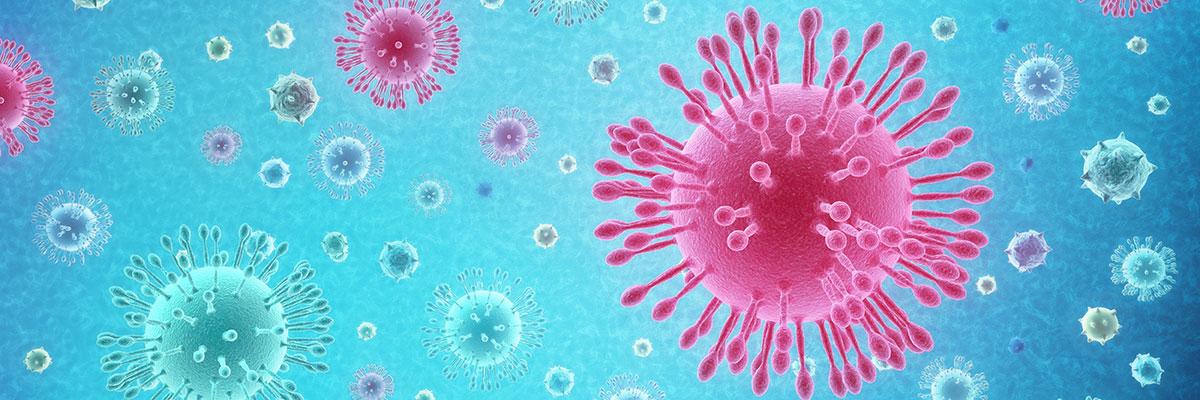

New COVID-19 FAQs for State Medicaid and CHIP Agencies
The Centers for Medicare & Medicaid Services recently issued new Frequently Asked Questions (FAQs) to aid the Medicaid program and Children’s Health Insurance Program in their response to the COVID-19 pandemic.
The new FAQs cover a variety of Medicaid and CHIP topics, including provider payment, eligibility and enrollment flexibilities. Of particular interest to hospitals are a series of FAQs that address Upper Payment Limit (UPL) requirements and methodologies, provider payment increases related to COVID-19, and added flexibility for hospital presumptive eligibility. The AHA, in its advocacy with CMS, requested many of the additional flexibility provisions regarding payment and enrollment found in these FAQs.
The following is a summary of these key issues.
Upper Payment Limit
The FAQs address a number of issues raised regarding the impact of the COVID-19 pandemic on providers’ cost and payment experiences and subsequent implications for UPL supplemental payments. CMS acknowledges that these provider costs and payments related to COVID-19 would not be accounted for in the states’ current UPL Demonstrations (submitted UPL data and payment methodology) as approved by CMS. The agency urges states to work with CMS if they believe adjustments need to be made to include extra provider costs or payments, including if total payments exceed the applicable UPL. The agency also notes that the increases in Medicare payments attributed to COVID-19 would be factored into state UPL Demonstrations. States, also, are not required to submit a new UPL Demonstration as part of its Medicaid relief state plan amendment (SPA).
Provider Payment
CMS notes that states can use the Medicaid disaster relief SPA template to increase provider payments during the COVID-19 public health emergency. These increases in payments could be used to reflect the increases in treating an influx of Medicaid patients; the costs attributable to treating Medicaid COVID-19 patients; additional staff costs, including personal protective equipment and other safety measures; adjustments to account for decreases in utilization; and increases in the uses of telehealth. Such payment increases could be dollar or percentage increases in base rates or fee schedule amounts as long as payments comport with all current statutory requirements. Provider increases also could be provided through supplemental payments. Payment adjustments made through the Medicaid disaster relief SPA are time limited and will expire at the end of the public health emergency. If states wish to continue such payment adjustments, they need to go through the normal SPA approval process. For states that received Section 1135 waivers to provide care in alternative settings, they are permitted to increase provider payments to account for the additional costs associated with these alternative settings.
Hospital Presumptive Eligibility (HPE) and other Enrollment Issues
CMS addresses a number of issues with regard to HPE requirements. Specially, CMS encourages states to use the Medicaid disaster relief SPA to revise performance standards for participating hospitals during the public health emergency. In addition, CMS notes that hospitals can assist with presumptive eligibility determinations for family members, as well as individuals from the broader community. States also can permit new modalities for hospitals to collect information from individuals, such as verbal screening tools, telephone calls or a secure online portal. States are directed to amend HPE program materials, training and procedures to reflect these new application options. States can permit hospitals to make presumptive eligibility determinations for institutionalized individuals receiving services and the state has the option to apply or not apply post-eligibility treatment of income subject to current Medicaid rules. In other enrollment matters, states can generally permit self-attestation of eligibility information and follow-up with a post-enrollment verification process for the duration of the public health emergency using the established disaster relation verification plan addendum found in FAQ #17.
Termination Dates of Medicaid Waiver Authorities
CMS provides the waiver authority and termination date in the following table.
| Authority | Effective Date | Termination Date |
|---|---|---|
| Medicaid disaster relief SPA template for the COVID-19 PHE | March 1, 2020 or any later date elected by the state | End of PHE (including any extensions), or any earlier date elected by the state |
| CHIP disaster SPA (specific to COVID-19 PHE) | Start of state or federally declared emergency | End of PHE (including any extensions) |
| Appendix K | January 27, 2020 or any later date elected by the state | January 26, 2021 or any earlier date elected by the state |
| Medicaid and CHIP 1135 Waivers | March 1, 2020 | End of PHE (including any extensions) |
| 1115 demonstration to respond to the COVID-19 PHE | March 1, 2020 | No later than 60 days after end of PHE (including any extensions) |
Further Questions
If you have questions, please contact the AHA at 800-424-4301.

